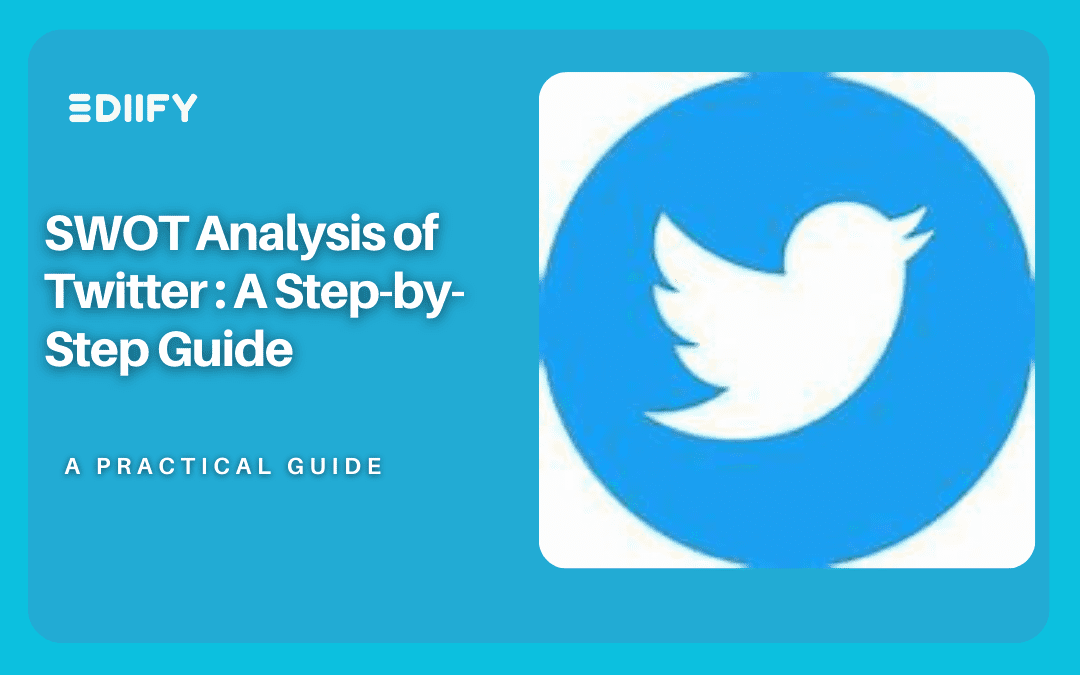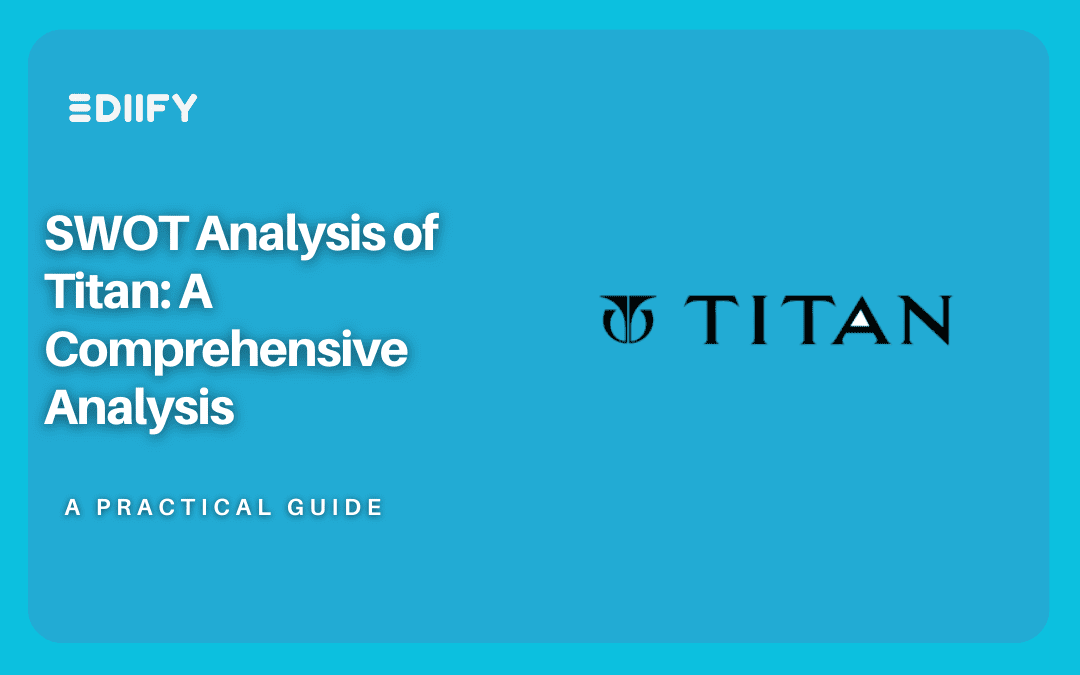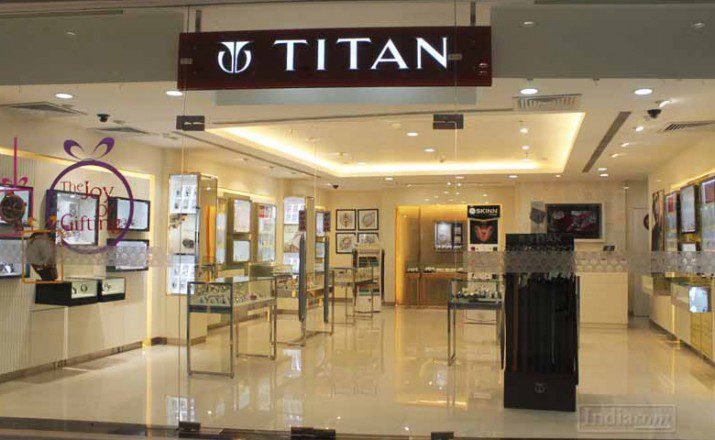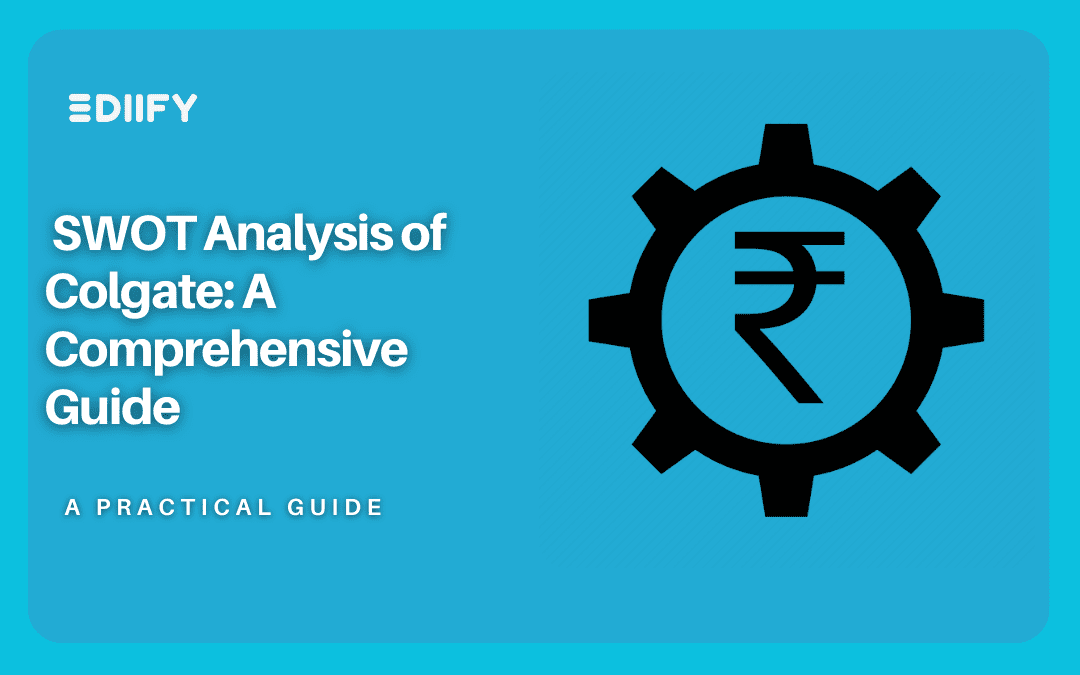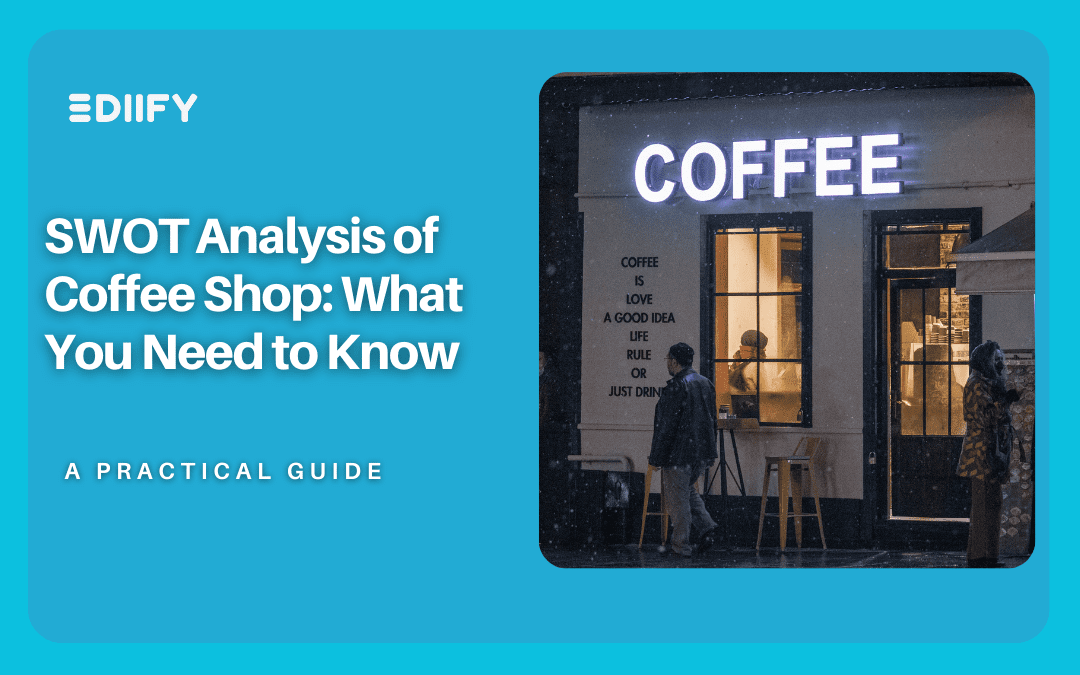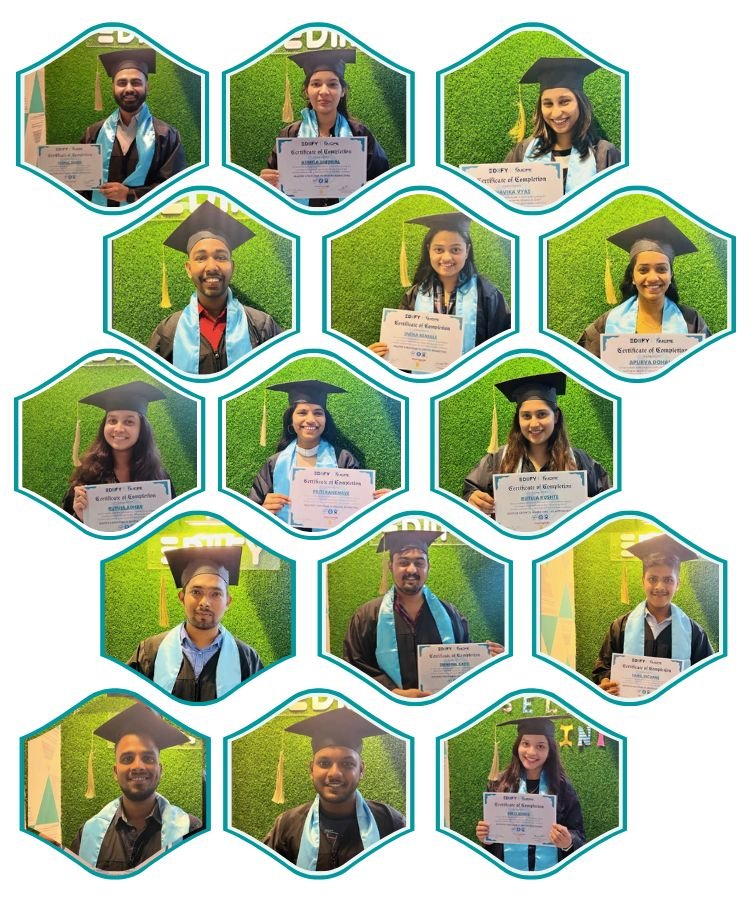
SWOT Analysis of College: What You Need to Know
Feb 6, 2024 | EDIIFY Blogs
Introduction
In the realm of higher education, a profound understanding of an institution’s dynamics is paramount for students, faculty, and administrators alike. Just as businesses meticulously evaluate their internal workings and external environments through SWOT (Strengths, Weaknesses, Opportunities, Threats) analysis, colleges and universities stand to gain from a similar introspection. This blog seeks to delve into the SWOT analysis of a typical college, shedding light on its internal capacities and external challenges.

Strengths
Colleges wield an array of strengths that underpin their success. Among these is their academic reputation. Distinguished faculty members, rigorous curricula, and accomplished alumni collectively elevate the institution’s standing and magnetize high-caliber students. Furthermore, robust research facilities and collaborations with industry leaders fortify the institution’s academic prowess, enhancing its appeal.
Another notable strength lies in the diversity of the student body. Colleges take pride in cultivating a multicultural environment that enriches learning experiences and prepares students for a globally interconnected world. Additionally, extracurricular activities, including clubs, sports teams, and community service initiatives, contribute to nurturing well-rounded individuals and fostering a vibrant campus community.
Take a look at the below blog the swot analysis of a college student
https://ediify.com/swot-analysis-of-a-college-students-what-you-need-to-know/
Weaknesses
However, colleges also confront internal weaknesses that necessitate attention. Financial instability looms as a prominent concern. Many institutions grapple with budgetary constraints, over-reliance on tuition revenue, and escalating operational costs. Insufficient funding jeopardizes investments in critical areas such as infrastructure, technology, and student support services, potentially compromising the quality of education delivered.
Administrative inefficiencies represent another notable weakness. Bureaucratic complexities, outdated policies, and communication barriers can hinder decision-making processes, leading to frustration among stakeholders. Moreover, inadequate support systems for faculty and students, such as limited counseling services or inadequate professional development opportunities, can impede academic success and retention rates.
Opportunities
Amidst these challenges, colleges are presented with opportunities to innovate and flourish. Embracing technological advancements stands as a significant avenue for progress. Online learning platforms, virtual reality simulations, and data analytics hold the potential to revolutionize teaching methodologies and enrich the student learning experience. Furthermore, forging partnerships with technology firms and startups can foster research collaborations and offer students practical learning opportunities.
Another promising opportunity lies in diversifying revenue streams. Colleges can explore alternative funding channels such as philanthropic donations, corporate sponsorships, and grants. Moreover, expanding international recruitment efforts and tailoring programs to attract international students can broaden the talent pool and bolster revenue generation.
Threats
External threats pose formidable challenges to the sustainability and growth of colleges. Economic downturns, for instance, can exacerbate financial pressures, precipitating budget cuts, staff layoffs, and program closures. Additionally, demographic shifts, such as declining birth rates or evolving immigration policies, may impact enrollment figures and tuition revenues.
Furthermore, the escalating competition from online education platforms and for-profit institutions presents a palpable threat to traditional colleges. These alternatives often offer greater flexibility, affordability, and specialized programs that resonate with specific demographics. Additionally, regulatory changes, encompassing accreditation standards or alterations in government funding policies, introduce uncertainty and compliance burdens.
Take a view at the below blog Exploring my Life as a Student a detailed Analysis
https://ediify.com/exploring-my-life-as-a-student-a-detailed-analysis/
Conclusion
In conclusion, conducting a SWOT analysis empowers colleges to discern internal strengths and weaknesses while acknowledging external opportunities and threats. By leveraging their strengths and addressing weaknesses, colleges can capitalize on opportunities and mitigate threats, ensuring their sustained success and relevance in an ever-evolving educational landscape. Through strategic foresight, innovation, and collaborative endeavors, colleges can navigate challenges adeptly and remain steadfast in their mission of nurturing and empowering future generations.


